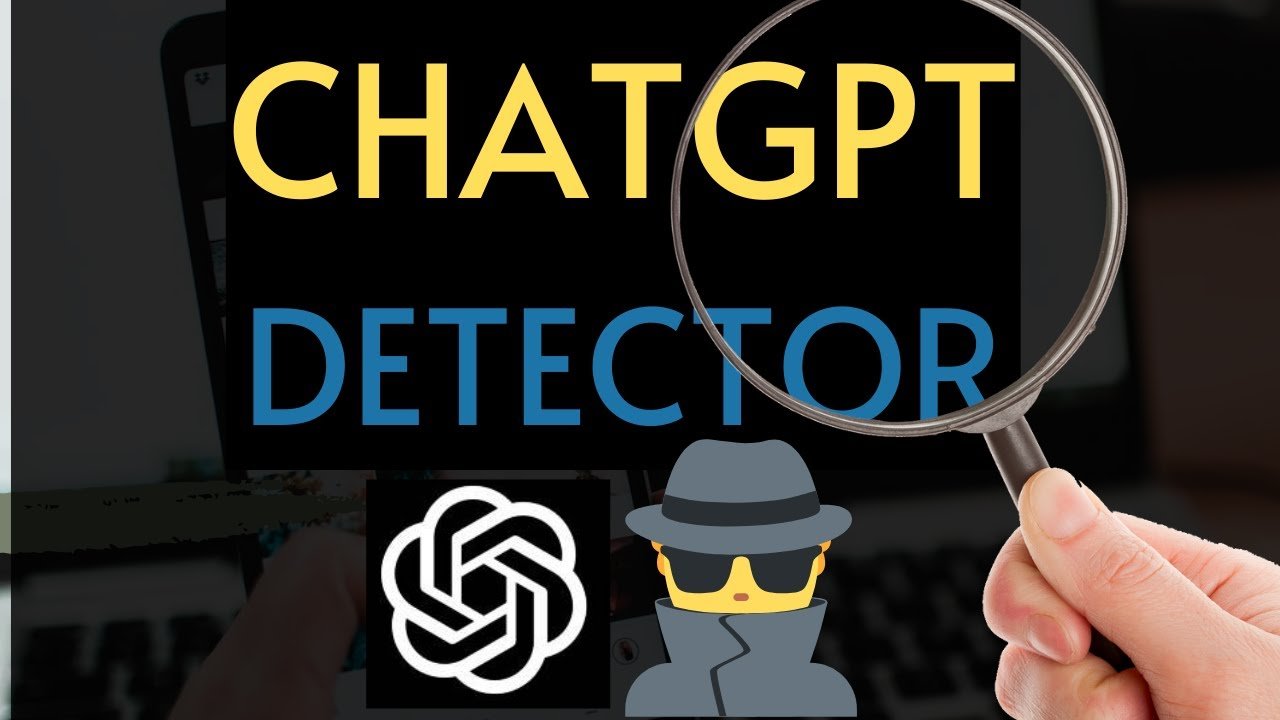How Do AI Content Detectors Work? Exploring 7 Powerful Mechanisms In Today’s Tech
In the fast-paced realm of digital content, the need for trustworthy and authentic information has never been greater. This is where the AI Content Detector steps in, harnessing the power of advanced AI algorithms to safeguard the integrity of original content.
With its comprehensive yet user-friendly platform, it provides a vital tool for a diverse range of users, including educators, publishers, platforms, and individuals. By delving deep into the layers of content, analyzing patterns and nuances, the AI Content Detector leaves no stone unturned, ensuring the highest level of accuracy in detection. As it continues to evolve, it paves the way for a more accountable and transparent digital world, shaping a culture of responsibility, trust, and genuine creativity.
Machine Learning Algorithms
Machine learning algorithms form the backbone of AI content detectors. These algorithms are designed to learn and improve from data without being explicitly programmed. They analyze patterns, correlations, and trends in large datasets to make predictions and decisions. In the context of content detection, machine learning algorithms are trained on a vast array of authentic and plagiarized content, allowing them to identify similarities, detect instances of plagiarism, and determine the originality of a piece of content.
Natural Language Processing (NLP)
Natural Language Processing (NLP) is a subfield of AI that focuses on the interaction between computers and humans through natural language. NLP plays a crucial role in AI content detectors by enabling them to analyze and understand text, identify key information, and extract meaning. NLP techniques such as part-of-speech tagging, named entity recognition, and sentiment analysis help in the accurate assessment of content for originality and integrity.
Statistical Analysis
Statistical analysis is an essential component of AI content detectors. By utilizing statistical models, these detectors can quantify the likelihood of content matching based on various factors such as word frequency, sentence structure, and document length. Statistical analysis helps in identifying and flagging content that exhibits suspicious patterns or shows a high degree of similarity to existing content, allowing for the detection of potential plagiarism or content misattribution.
Semantic Analysis
Semantic analysis is a technique used by AI content detectors to understand the meaning and context of textual content. By analyzing the relationships between words and phrases, semantic analysis helps in determining the authenticity of a piece of content. It identifies semantic inconsistencies, contextual mismatches, and manipulations that may indicate plagiarism or misleading information. Semantic analysis enables the detection of content that may be paraphrased or rephrased to appear original but lacks substantial originality.
Image Recognition
AI content detectors are not limited to textual content. They also incorporate image recognition capabilities to detect the originality of visual content. Image recognition algorithms analyze the features, patterns, and composition of images to identify similarities or instances of content duplication. This ensures that both textual and visual content are thoroughly assessed for authenticity, reducing the chances of content misrepresentation or infringement.
Deep Learning
Deep learning is a subset of machine learning that focuses on training artificial neural networks to recognize patterns and make intelligent decisions. AI content detectors leverage deep learning algorithms to analyze datasets comprising a diverse range of content, allowing them to recognize complex patterns and accurately identify instances of plagiarism, content duplication, or misattribution. Deep learning enhances the precision and reliability of AI content detectors, making them highly effective in safeguarding content integrity.
Contextual Clustering
Contextual clustering is a technique used by AI content detectors to group similar pieces of content based on their contextual and semantic similarity. By clustering related content together, AI content detectors can identify patterns, similarities, and differences within a set of documents. Contextual clustering helps in detecting instances of content duplication or plagiarism across multiple sources, ensuring the comprehensive detection and verification of content authenticity.
Training Data Sets
Training data sets are a crucial component of AI content detectors. These data sets comprise a diverse range of authentic and plagiarized content, enabling the machine learning algorithms to learn and identify patterns associated with content duplication or misattribution. The large and varied nature of training data sets ensures that AI content detectors are equipped to handle different content types, genres, and writing styles, enhancing their accuracy and effectiveness.
Collaborative Filtering
Collaborative filtering is an AI technique used by content detectors to analyze the relationships and connections between users, content, and sources. By examining the behavior and preferences of users, collaborative filtering helps in identifying instances of content sharing, cross-referencing, or republishing. This technique enables AI content detectors to detect instances where content may have been wrongly attributed or misused, allowing for the preservation of content integrity and accuracy.
Real-time Updates
To keep up with the ever-evolving digital landscape, AI content detectors incorporate real-time updates. These updates ensure that the detectors stay updated with the latest patterns, techniques, and trends in content duplication, plagiarism, and misattribution. Real-time updates allow AI content detectors to adapt to new strategies employed by individuals or organizations seeking to manipulate content, making them robust and resilient in maintaining content authenticity and integrity.
In conclusion, AI content detectors rely on a combination of machine learning algorithms, natural language processing, statistical analysis, semantic analysis, image recognition, deep learning, contextual clustering, training data sets, collaborative filtering, and real-time updates to ensure the authenticity and integrity of content. These powerful mechanisms enable AI content detectors to play a crucial role in upholding digital integrity and promoting a culture of trust and transparency in the digital realm.

